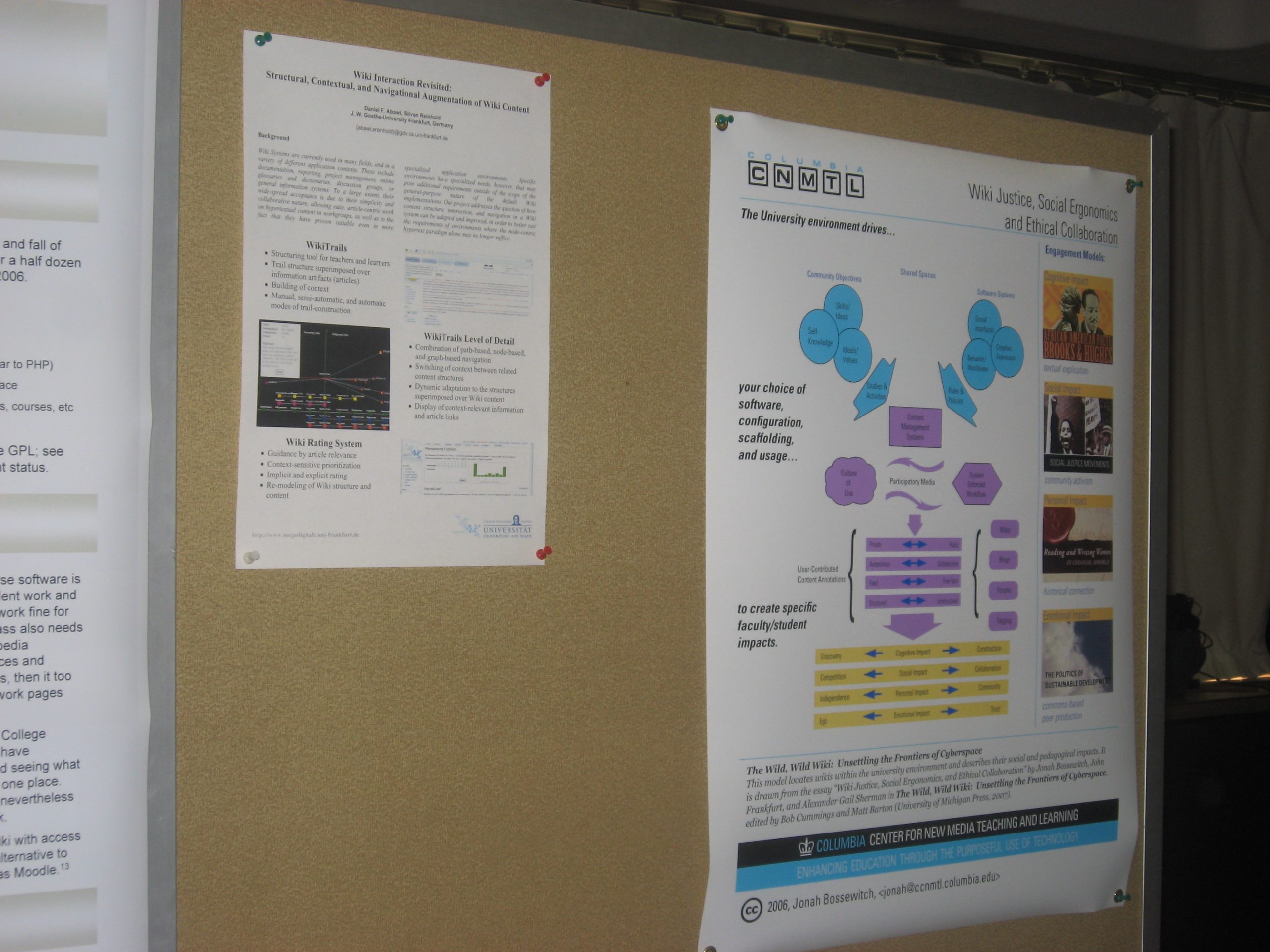Limitations And Weaknesses Of Quantitative Research
Limitations And Weaknesses Of Quantitative Research. Research Is An Important Aspect Of Higher Education. Get To Know The Limitations And Weaknesses Of Quantitative Research And Even More. Check This Post Now.
Do you want to know more about Quantitative Research and the limitations of this type of research? Have you been looking into knowing the weaknesses and disadvantages of Quantitative Research? Then this article is for you, as we will be looking into the limitations and weaknesses of Quantitative Research.
What Is A Quantitative Research?
This type of research can be effectively carried out using any of the four methods of researching and these methods are descriptive research, correlational research, experimental research or survey research.
Methods
1. Descriptive Method
In this method one seeks to know the ‘what’ of a thing rather than the ‘why’ pof that same thing. It explains the various components of an information.
2. Correlational Research
This research involves the research between two variables to ascertain the relationship between the variables.
3. Experimental Research
Experimental research utilizes scientific methods to establish the relationship between groups of variables.
4. Survey Research
Survey research, the most widely used research method, involves preparing questionnaires, interviews, and polls to gather responses from the target population. Conclusions are drawn from these responses, studying the relationship between various variables.
Limitations and Weaknesses of Quantitative Research
Despite its benefits, quantitative research has several limitations and weaknesses:
- Limited to Numbers and Figures Quantitative research relies solely on numerical data, which means it cannot address questions requiring specific, qualitative feedback. This often results in a lack of a human element.
- Testing Models Are More Difficult to Create Developing a quantitative research model demands careful design, from hypothesis formation to testing methods and subsequent analysis. Any unintentional error can invalidate the results, requiring a complete restart of the process.
- Tests Can Be Intentionally Manipulative Quantitative tests can sometimes be designed to push an agenda, producing biased results. For example, a politician might create a poll with answers favoring them regardless of the respondent’s choice.
- Inability to Control the Environment Researchers often struggle to control the environment in which respondents answer survey questions. Responses can be influenced by the specific conditions present at the time of the survey.
- Expensive and Time-Consuming Quantitative research is time-consuming and often more expensive than qualitative approaches, especially when in-depth responses are required.
- Difficulty in Data Analysis Extensive statistical analysis is required in quantitative research, making it challenging for researchers without a statistical background. This complexity is particularly evident in fields like social sciences, education, anthropology, and psychology.
Frequently Asked Questions
- What Are the Two Types of Limitations? The two main categories of limitations are those resulting from the methodology and those due to issues with the researcher(s).
- What Are Major Limitations? A major limitation is the number of statistical degrees of freedom, which is determined by the number of years of data minus one.
- Where Are Limitations in a Research Study? Limitations are usually stated at the beginning or end of the discussion section of your paper to inform the reader of the constraints before they review your findings.



